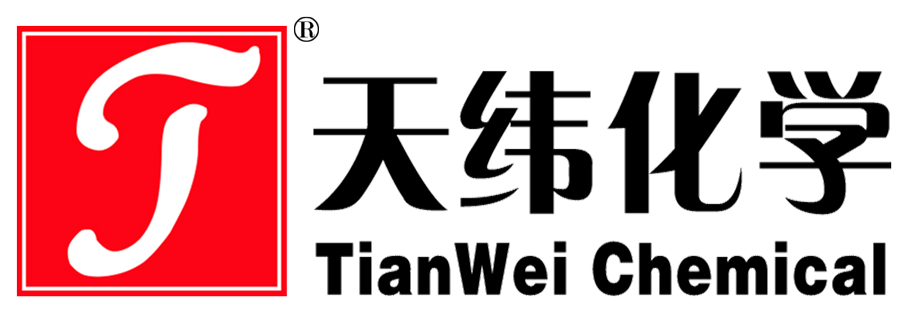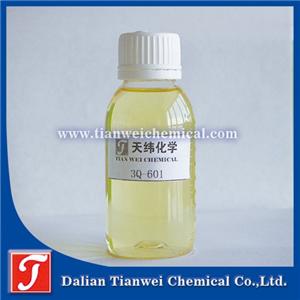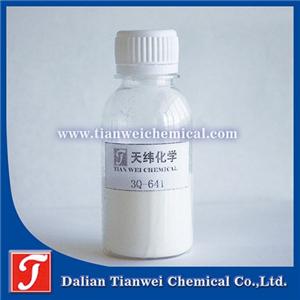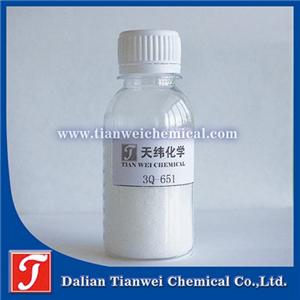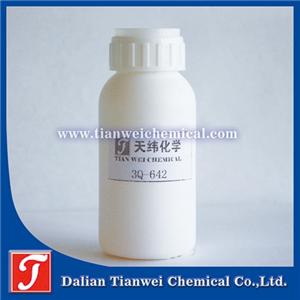Rubber vulcanization anti-mold agent extends service life, 0-level anti-mold
During the rubber vulcanization process, the selection and application of fungicides are of vital importance, as they directly affect the anti-mold performance, physical properties and service life of rubber products. The following is a detailed introduction to the fungicides used in rubber vulcanization
I. Types of Fungicides
Inorganic fungicide
Nano-silver series: Nano-silver is widely used in rubber fungicides due to its excellent antibacterial properties. It can destroy the cell walls and cell membranes of bacteria, thereby achieving the effect of anti-bacterial and anti-mold.
Other inorganic salts: such as silver zirconium phosphate, etc. These inorganic salt fungicides usually inhibit the growth of mold by releasing antibacterial ions.
Organic fungicide
Pentachlorophenol: It has broad-spectrum antibacterial properties, but attention should be paid to the possible environmental and health risks it may bring.
Salicylaniline: It is often used for anti-mold treatment of rubber products and has a good anti-mold effect.
P-nitrophenol: It is also an effective organic fungicide, but its toxicity and environmental impact should be taken into consideration when using it.
Compound fungicides: Usually composed of a combination of multiple inorganic and organic fungicides to leverage their respective advantages and enhance the anti-mold effect. For instance, when nano-silver is combined with other organic fungicides, a more powerful antibacterial and anti-mold system can be formed.
Ii. Principles for Selecting Fungicides
Compatibility: The fungicide should have good compatibility with the rubber substrate to ensure that the physical properties and chemical stability of the rubber are not affected during the vulcanization process.
Durability: The fungicide should have a long-lasting anti-mold effect and be able to continuously inhibit the growth of mold throughout the service life of rubber products.
Safety: Fungicides should comply with relevant safety standards and environmental protection requirements to ensure that they do not cause harm to human health or the environment during use.
Economy: Under the premise of meeting the anti-mold effect, a lower-cost anti-mold agent should be selected to reduce production costs.
Iii. Specific recommendations for mold inhibitors
Features: It can be compounded with liquid organic fungicides, taking into account long-lasting effect, migration resistance and processing dispersibility.
Application scenarios: Suitable for rubber products with high-temperature vulcanization (HTV) and complex modification systems.
Addition amount: Approximately 0.5% to 1.0% for non-airborne silver type. It is recommended to prepare the masterbatch first and then blend it to ensure dispersion
